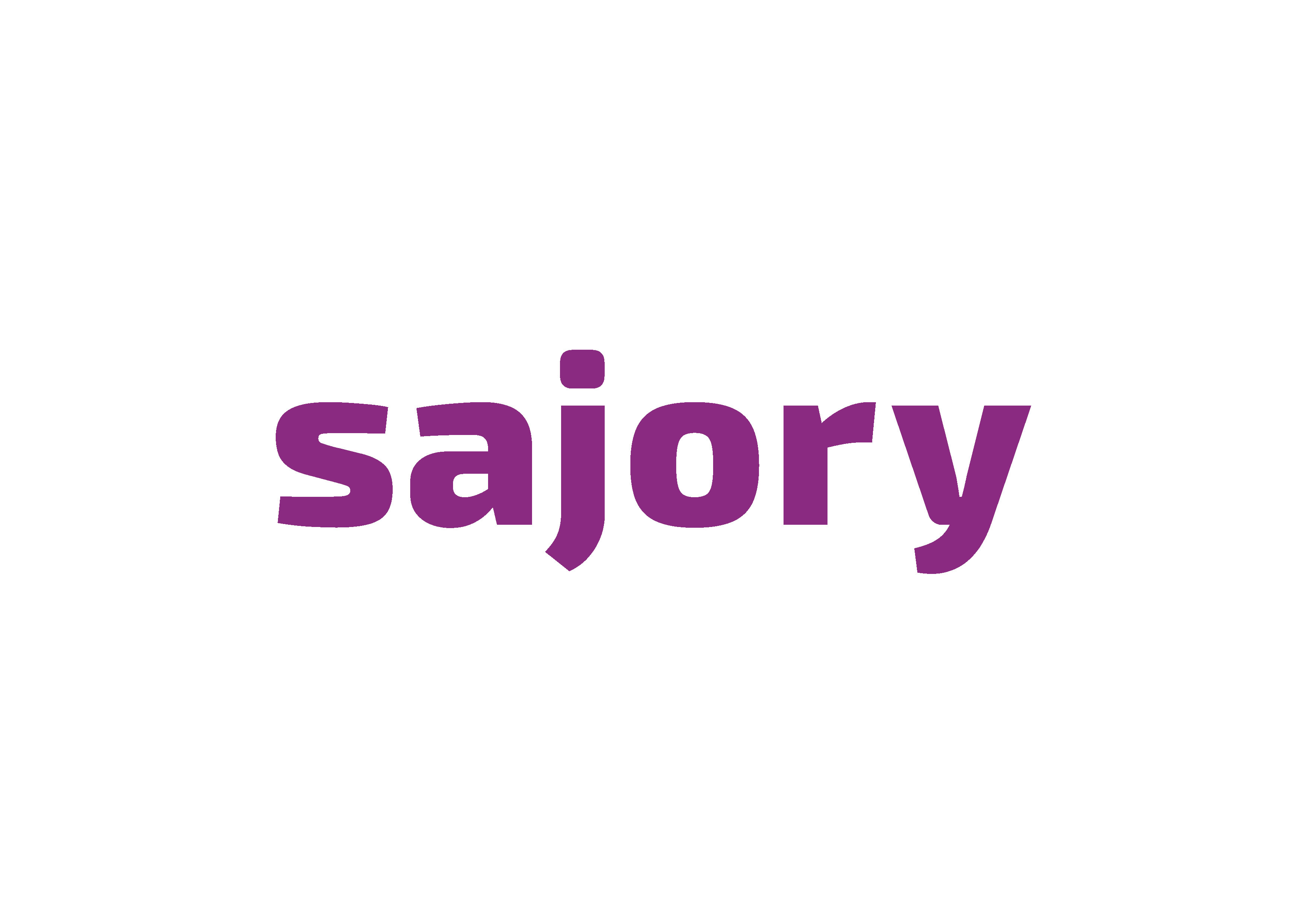Start with your intention. Now that we’re passing over the survival mode and going into designing the new norm, How engaged do you want your team to be, even if they were not “in the room”?
Being fully present or engaged has always been a problem with teams, not only remotely. But the virtual part adds salt to the wound. Now if the intrinsic motivation is not addressed, your efforts might just be as disconnected as your wifi last month.
What are the communication norms that you have for yourself and the people you’re collaborating with? How are you intentionally designing moments of connection with your team? How are you taking your virtual leadership to the next level?
Start with the thought process, the mindset, then you can figure out what technology can help you arrive there. Most organizations start with the technology, and that’s not the best way to tackle this new mode of thinking and working.
Here are some tips on designing virtual moments and clarifying your communication methods and purposes:
- Email is for relaying information, NOT for making decisions or convincing someone of your idea (cannot be used to influence someone).
- Consider using video emails to share your thought process or explain where to find certain information on your intranet or cloud folders (using loom.com makes sense). Avoid long emails at all costs (I used to be super guilty of those long emails, now I know why they never accomplished anything).
- The chat function and instant messengers are meant for chatting. To bounce off ideas, thoughts on ways to celebrate and suggestions to fix quick problems. They do not include everyone in the conversation and information shared there are often lost.
- Meetings (zoom, MS teams, etc.) are for making decisions together and sharing points of views. Not for sending out information (this can be done in advance). Keep them short and focused. Always start with a setting of intention and getting everyone on board with a fun short exercise (1-2 minutes ice-breakers are also designed for teams who know each other).
- Find the right space for your team to engage in the process and organize their work collaboratively. Slack and Trello can be used when there’s a lot of different parts of your work that go in parallel or when you have a lot of sequential work spread over a diverse team. Chose the tool that fits you best.
- Ideation and product/service design happens best when each person has had the chance to come up with ideas on their own before building on each other’s. So, a brainstorming session online won’t work well if there was no preparation in advance by members. To offset this, send in the challenge (send physical items if needed), have them think of ideas and share them on a digital board (i.e. Miro or its cousin Mural) and then the ideation session can take off from there. Never kick-start your ideation process with a meeting. It is not productive that way.
Preparation is key in the virtual and hybrid world. It will take you probably 3 times more to prepare for an event, a process, or a meeting because it’s going to be hybrid or virtual. Taking this needed time makes sure that the event is an actual success.
Consider using here the analogy: “Measure twice, Cut once”
What other tips do you have moving forward?
Cheers,
Randah

